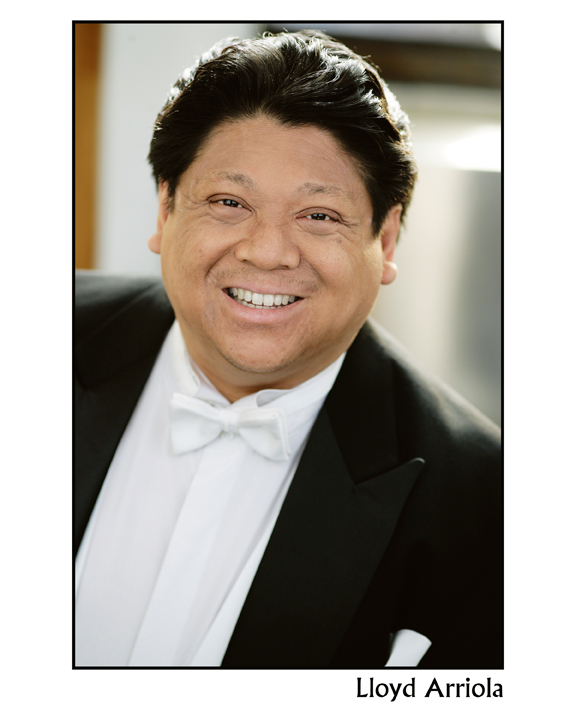Lloyd Arriola, piano
Weill Recital Hall at Carnegie Hall, New York, NY
April 3, 2016
The pianist Lloyd Arriola picked an intriguing program at Carnegie’s Weill Recital Hall: two world premieres, his own composition in homage to Arthur Rubinstein, and works by Liszt and (as many historians agree) his piano-virtuoso successor, Ferruccio Busoni. The Liszt and Busoni pieces were two massive concert works on the first half of this recital: Liszt’s Grosses Konzertsolo in its alternative version (1849-1850), and Busoni’s Grosse Fuge (1909-1910). Both of them tend to–as Mr. Arriola puts it in program notes–“go on for a bit”, and that proved to be an understatement, especially when the works are sometimes performed with a lack of contrasting dynamics and direction/flow in the phrasing, as was in the case here. The Liszt is more of a technical showpiece, with left-hand arpeggios galore, but lacking inspired melodic lines and thematic development. The Busoni work is very cerebral, with music that is always developing its idea. Indeed, when Mr. Arriola talks to the audience, he comes across as an academic himself–discussing the history of the compositions. When he was playing the Busoni, it came from that standpoint; he seemed to be studying and admiring the pages intensely, but forgetting to insert contrasting dynamics and shade subsidiary counterpoint. In Mr. Arriola’s notes, he said that it is very unlikely that this early version has ever been performed in New York, and that Busoni apparently allowed G. Schirmer to make only 100 copies of the work, adding that he is not clear why. I have an inkling. The sparse audience seemed perplexed by this work, and after intermission, Mr. Arriola half-apologized for its length and even its character. But Mr. Arriola redeemed himself with a second half that was much more appealing in content.
Opening the second half was a world premiere composed in 2015; Michael Sayers’ charming tone-poem entitled A Buried Dream of the Heart that had the exact tonality and grandiosity of a Liszt piano work, but thankfully not the longevity. Mr. Arriola played it well. In the following work, a meditation on death called Thanatopsis (also a world premiere), composer Charles Hulin IV employs more 20th century sonorities and intervals (many 4ths and 5ths). It was brief but complete in structure, although the end felt abrupt–which was the point. Mr. Arriola gave it a subtle rendering with lovely contrasts of dynamics and phrasing. Mr. Arriola’s own composition, his Concert Piece in E-flat Minor (1986, revised 2010) is another look back to the virtuosity of Liszt, Chopin and even Beethoven, but in this case, I don’t mind it as an original composition because it’s an homage to the incomparable Arthur Rubinstein, who performed the works quoted here. Other than a repetitive left hand with never-ending arpeggios, I think it works and could have some staying power–especially when it comes to Rubinstein tributes. With regards to future programs, Mr. Arriola might consider performing this work alongside full renditions of works that Rubinstein adored.


